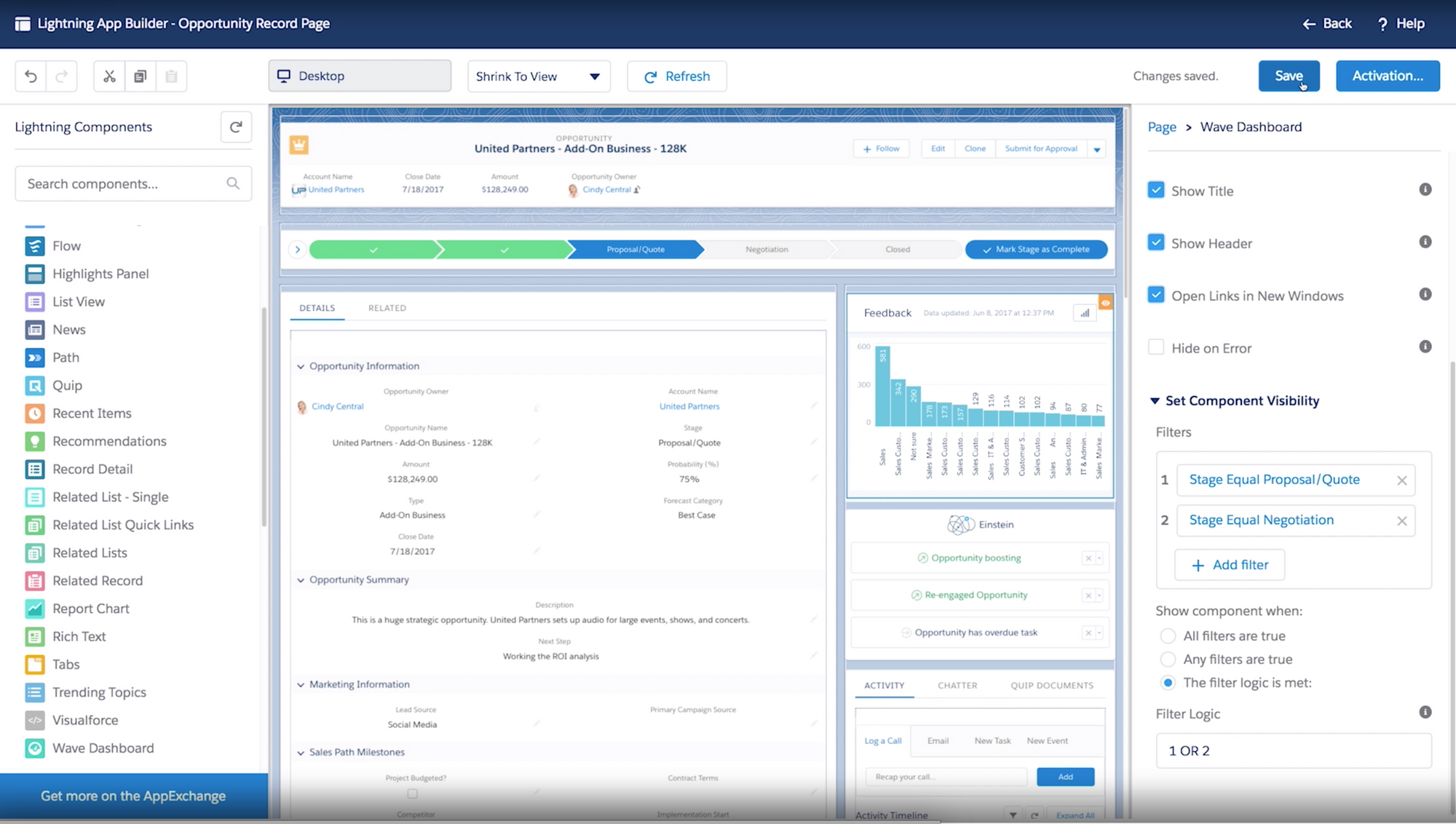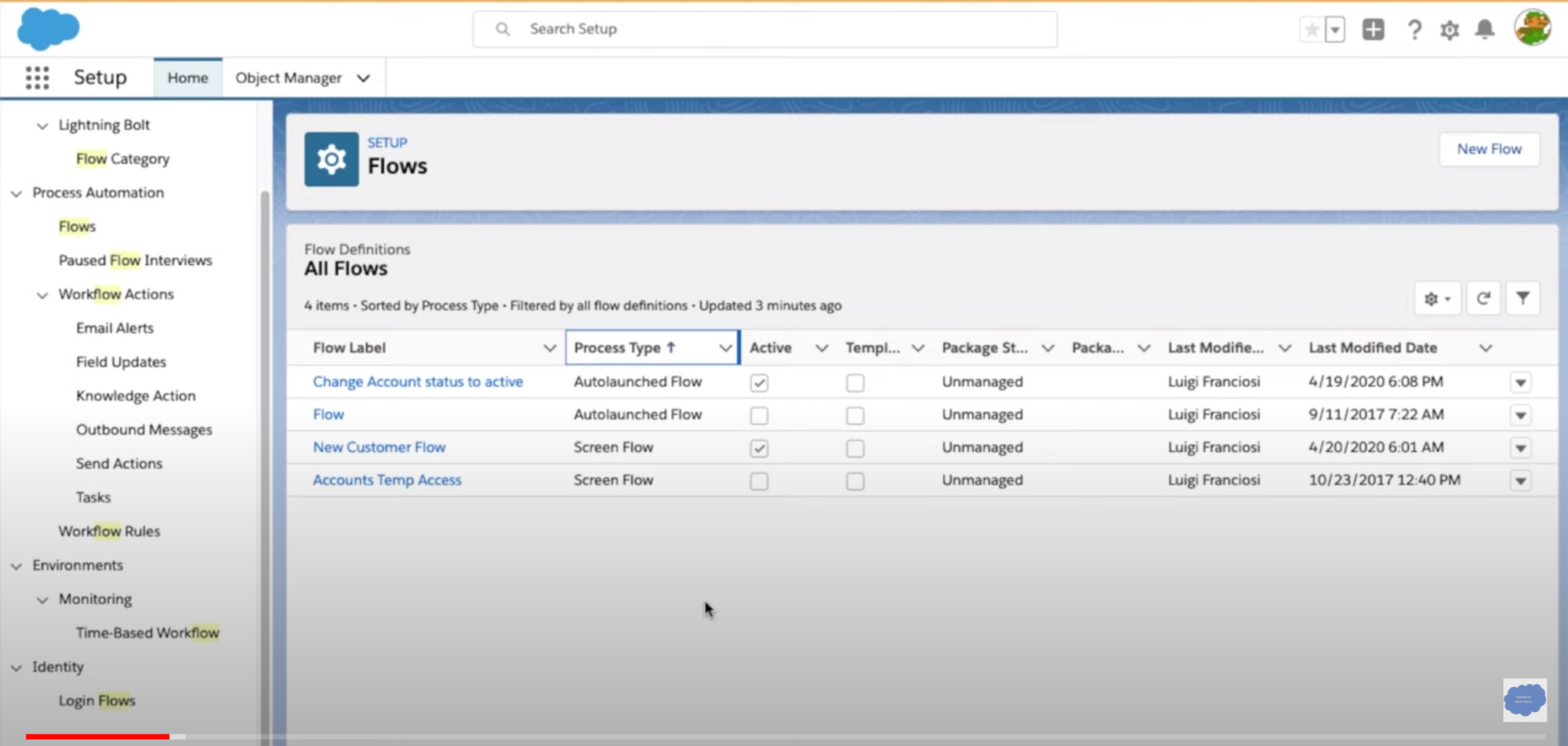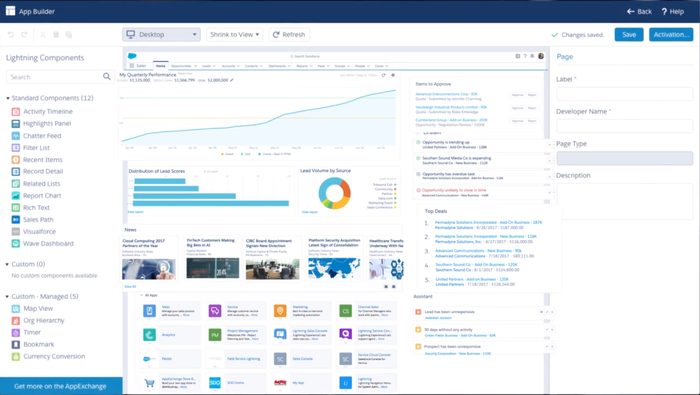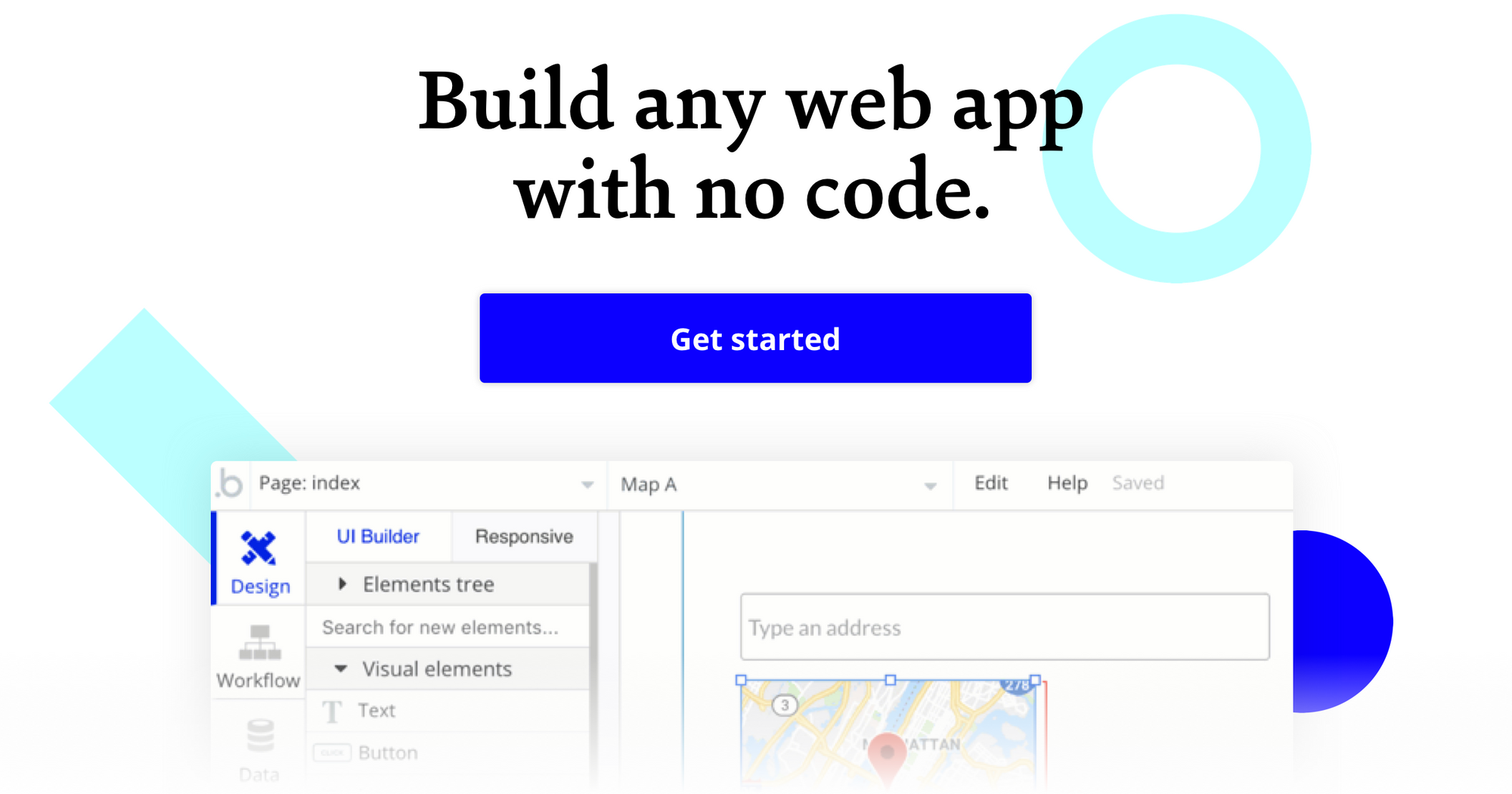At Bubble, we want to enable potential builders to create their ideas without code, so we are exploring and reviewing the many tools and software that enterprises might use to build apps.
What is Salesforce Lightning?
A component-based app development framework that targets enterprise users, Salesforce Lightning is a no-code tool that allows you to build apps on top of Salesforce data, create objects, and design workflows.
Salesforce Lightning has a modern UI, and comes with the ability to use standard, pre-built modules, as well as create custom ones, which require code.
With the help of Salesforce Lightning’s library of actions and layout templates, you are free to organize the pre-installed components by using the platform’s drag-and-drop visual interface. You are able to accomplish things like building a homepage for your company’s users and integrating partner components directly from Salesforce Lightning’s “AppExchange for Component.”

Salesforce Lightning also lets you drop a spreadsheet into SLOC (object creator), turn it into a digital form for desktop or mobile, and integrate data from those forms with native Salesforce records.
Who is Salesforce Lightning for?
In general, Salesforce Lighting is used by Salesforce administrators, though developers may offer assistance by building custom components with code. The platform focuses on admins rather than end users.
Salesforce Lighting comes with a hodgepodge of features, many of which are not easy to find, so people who keep up with Salesforce consultancies will find the no-code platform useful for building apps and automating tasks.
Salesforce Lightning Cost and Pricing?
(Pricing model evaluation in USD: May 2020)
Salesforce pricing is notoriously opaque and follows an enterprise pricing model, with many SKUs and heavy discounts available.
While many companies receive a customized plan, Salesforce offers 4 standard editions: Essentials, Professional, Enterprise, and Unlimited. Each edition of their customer relationship management (CRM) platform comes with Lightning App Building, the AppExchange feature, and Google Apps integration.
Essentials: The Essentials edition, which costs $25 per user/month, is ideal for small businesses with fewer than 10 users. Small teams can track leads, opportunities, customers, accounts, and more. There are quite a few apps available on the AppExchange that are designed to help you scale your small business.
Professional: The Professional edition costs $75 per user (per month) and comes with the same benefits as the Essentials edition. In addition, you receive a developer sandbox, real-time business insights with accurate sales forecasts, customizable reports and dashboards, and features for managing marketing campaigns, contacts, orders, and more.
Enterprise: The price for the Enterprise edition is $150 per user/month. The most popular option, the Enterprise edition allows you to tailor Salesforce to meet your company needs by automating and customizing business processes with workflows and approvals. You are also free to integrate with any system using their web services API.
Unlimited: At $300 per user/month, the Unlimited edition provides unlimited online training, over 100 admin services, and 24/7 toll-free support. Besides receiving Enterprise edition benefits, you are able to build an unlimited number of custom apps, as well as create customs tabs and objects. With this plan, admins have access to multiple sandboxes for development and testing.
Salesforce Lightning vs. Bubble: A Comparison
How does Salesforce Lightning compare to Bubble?
Similarities between Salesforce Lightning and Bubble:
Both Salesforce Lightning and Bubble provide drag-and-drop editors.
Both allow for integration with web APIs.
Both Salesforce Lightning and Bubble let you create custom components using JavaScript.
Both encourage developers and non-technical users to build apps using no-code tools.
The key differences between Salesforce Lightning and Bubble are:
Users: Salesforce Lightning is an enterprise-focused no-code tool that is used primarily by Salesforce administrators. Their apps are geared towards internal use. Bubble users include developers, small business owners, entrepreneurs, teachers, freelancers, and other members of the no-code community. With Bubble, you are free to build apps for internal use, as well as for end users.
Prices: Bubble currently offers a free option, and prices for the paid options are per application, giving additional units of server capacity, extra number of application editors, and additional development versions. Businesses built on Bubble can choose from the professional and production options, which cost $115/month and $475/month respectively (billed annually). Salesforce Lightning does not come with a free edition, and they charge per user, so prices, especially for the Professional, Enterprise, and Unlimited editions, can cost well into the thousands per month.
Workflows: Salesforce Lighting’s flow builder allows you to automate business processes by defining steps that need to be taken on some data as part of a specific process. The no-code tool comes with pre-built, reusable components for specific industries or use cases, such as accepting credit card payments or adding a video player. Salesforce also has a marketplace of flow templates, including third-party flows from Accenture and GetFeedback.

Bubble allows for full freedom when it comes to building workflows, so you are able to create and customize features that are not restricted to enterprise-focused workflows, like an upvoting system or a full marketplace, and use element plugins for payments, videos, and almost a thousand other APIs from the Plugin Library.
Salesforce Lightning Alternatives
Alternative no-code CMS platforms or tools that allow you to build a web application without code include the following tools:
If you’re looking for a no-code platform with an enterprise focus or internal workflow focus, Unqork, Retool, or Betty Blocks are good options.
If you’re looking for a platform that has support for native or mobile apps, consider using no-code tools like Adalo, Glide, or Thunkable.
If you’re launching an e-commerce platform and only need basic landing pages and simple CMS, or would rather use a website template, consider templated website hosts like Squarespace, Wix, Weebly, or Carrd as alternatives.
If you want a no-code platform with the freedom to build both internal tools and end user customer-facing apps, Bubble is a good alternative to Salesforce Lightning.
If you need an open-source CMS platform with robust plugins, try WordPress.
About Bubble
Bubble is a leader in the no-code movement. Bubble offers a powerful point-and-click web editor and cloud hosting platform that allows users to build fully customizable web applications and workflows, ranging from simple prototypes to complex marketplaces, SaaS products, and more. Over 400,000 users are currently building and launching businesses on Bubble - some have gone on to participate in top accelerator programs, such as Y Combinator, and even raised $365M in venture funding. Bubble is more than just a product. We are a strong community of builders and entrepreneurs that are united by the belief that everyone should be able to create technology.
Join the no-code movement today.
Disclaimer: The goal of these reviews is to provide an honest, practical, differentiated comparison of features and educate readers on tools in the no-code ecosystem so that you can evaluate how these services fit together and serve your needs.
Build your app on Bubble's Free plan. No need to upgrade until you're ready to launch your app.
Join Bubble






